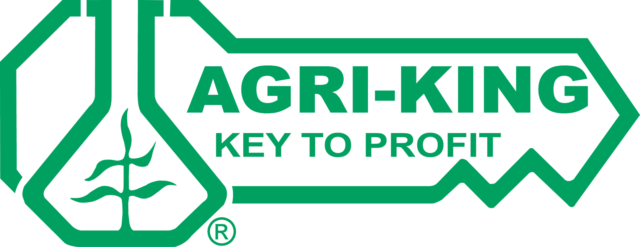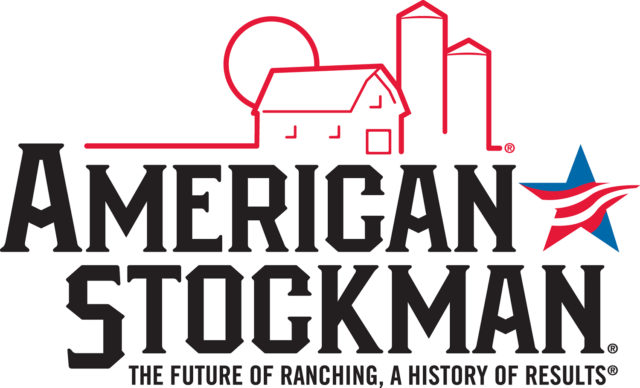It’s commonly known in the cattle industry that bovine respiratory disease (BRD) is the most costly illness affecting cattle in North America.
Despite extensive research and treatment efforts over the years, it continues to lead to high rates of sickness and death among livestock, according to Samantha Howe, a post-doctoral fellow for the Arkansas Agricultural Experiment Station in the University of Arkansas’ animal science department.
Howe says bovine respiratory disease is estimated to be responsible for about 70% to 80% of feedlot illnesses, and between 40% and 50% of all feedlot deaths, and that those numbers have not declined in the past 45 years. Howe recently received a two-year, $225,000 grant from the USDA’s National Institute of Food and Agriculture (NIFA) to explore the use of probiotics in bovine respiratory disease prevention. Her research project aims to develop probiotics derived from healthy cattle to prevent bovine respiratory disease.
“By exploring the natural microbial defenses of cattle, this study will investigate the potential of probiotics to offer new, effective solutions to longstanding problems in animal health,” Howe says. “This would benefit cattle producers by increasing the profitability and sustainability of their operations while also ensuring a safer food supply for consumers.”
The research will focus on increasing cattle health and making them less prone to the disease with a microbiome-based therapeutic, or a probiotic, to decrease antimicrobial resistance. Howe expects that these probiotics will decrease the growth of opportunistic pathogens.
Common culprit in BRD
A common culprit in BRD is the bacteria Mannheimia haemolytica, which causes severe infections in the lungs of cattle. Although meat quality or safety is not compromised, cattle suffer from respiratory symptoms, have a fever and lose appetite so they do not gain weight properly.

Samantha Howe demonstrates the difficulty of using the standard double-shielded swab for both researcher and animal. Collecting respiratory samples is essential to her work to investigate the bovine respiratory microbiome. Image by Fred Miller, University of Arkansas System Division of Agriculture.
“We have multiple causative events, but a bacterial opportunistic pathogen is present in most cases,” Howe says.
Traditional methods to combat BRD have had limited success, Howe says, and the rise of antibiotic-resistant strains of M. haemolytica makes finding new solutions even more urgent.
“There’s an increased risk of antimicrobial resistance and increased consumer pressure to have an all-natural treatment method, so this research hopes to satisfy both,” she says.
Innovative research on probiotics
Probiotics are beneficial bacteria that can help maintain a healthy balance of microbes in the body. The respiratory systems of healthy calves contain different bacteria than those suffering from bovine respiratory disease. Among these beneficial bacteria are species of corynebacterium, which may help protect cattle from harmful pathogens like M. haemolytica.
Howe says her team’s preliminary studies have shown that these corynebacterium strains can inhibit the growth of M. haemolytica in lab conditions. She says this is likely due to secondary metabolites – compounds produced by the bacteria that can affect other microbes. Howe’s research seeks to understand how these metabolites work and to explore other potential benefits of these probiotic bacteria.
Howe will investigate how corynebacterium strains could inhibit the growth of M. haemolytica in the lab. The research will also determine if the strains can colonize the respiratory tract, influence the immune system and prevent M. haemolytica from causing disease in cattle.
Jiangchao Zhao, a professor of animal science and molecular genetics at U of A, has been an instrumental mentor to Howe. He has worked to prevent and mitigate bovine respiratory disease since 2015 and developed nasal microbiome biomarkers to help predict the onset of bovine respiratory disease in cattle.
“The development of nasal microbiome biomarkers has provided us with valuable insights into early detection, but there is still much to be done to mitigate its impact,” Zhao says. “Samantha’s research into probiotics is a promising avenue that could transform our approach to disease prevention by harnessing the natural defenses of cattle, ultimately leading to healthier herds and more sustainable practices in animal agriculture.”
Reprinted with permission from the University of Arkansas Division of Agriculture's Cooperative Extension Service.










